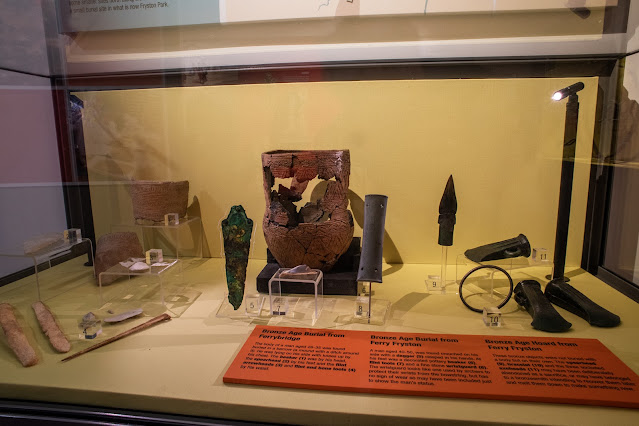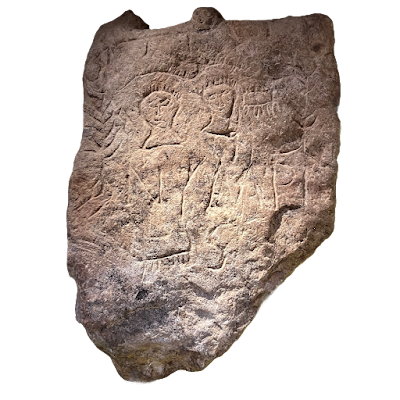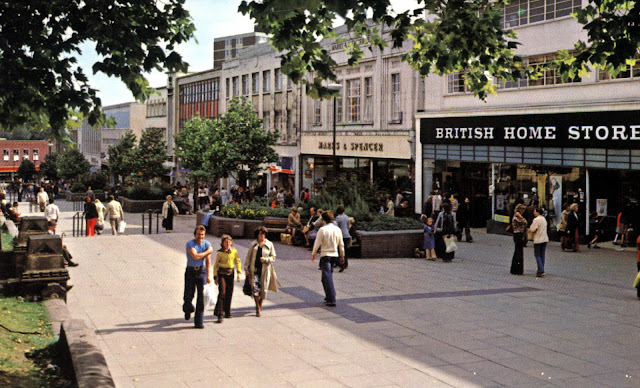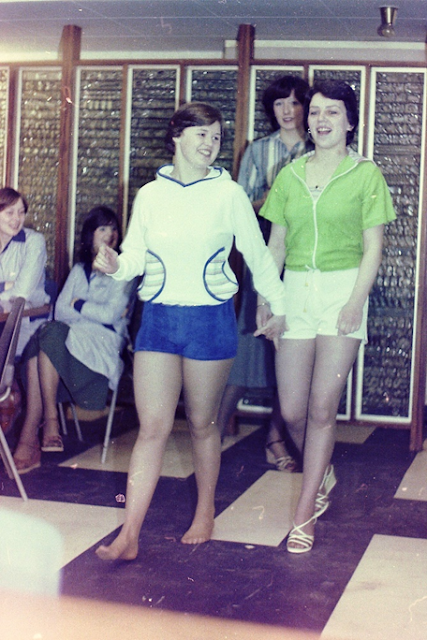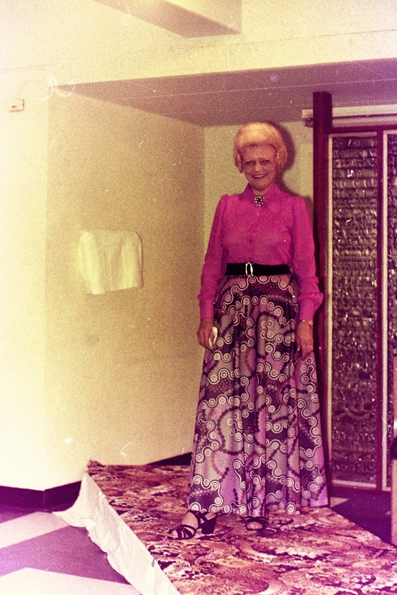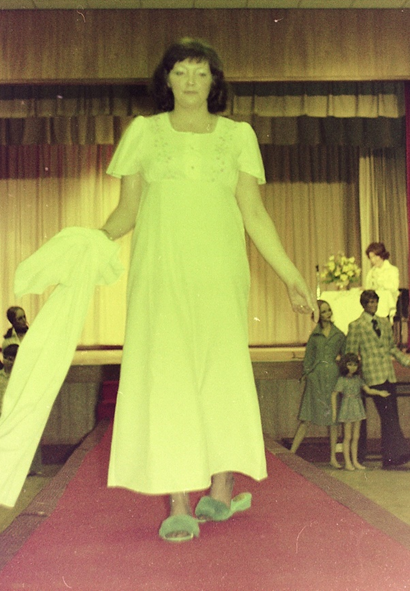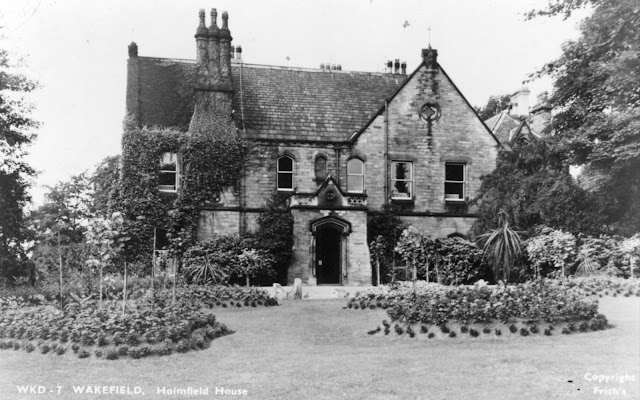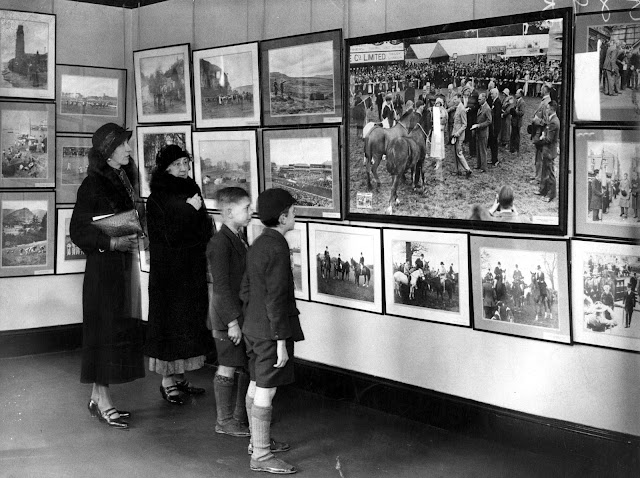This month, we’re focusing on some of our amazing archaeology collection highlights. We’ve got so much we’ll post it over two parts.
For part 1, join us on a whistle-stop tour from prehistory through to the Romans:
Prehistoric tools and technology
Did you know that some of the oldest evidence of human life in Britain comes from Wakefield?It includes this hand axe, on display at Wakefield Museum. It was originally made between 500,000 and 200,000 years ago when humans first settled in Britain.
 |
| A Palaeolithic hand axe - on display at Wakefield Museum |
It might not look like much today, but flint hand axes like this were crucial multipurpose tools. They were useful for skinning and cutting up large mammals such as mammoths or Irish elk. They were a key invention for human evolution.
These earliest humans were forced out during a long period of Ice Ages and only occasional traces of them can be found today. Our hand axe was found at Lee Moor near Stanley in 1889.
15,000 years ago
The next people to settle in Britain came after the end of the last Ice Age, 15,000 years ago. They followed the migration of large mammals into Britain’s cold, dry climate and open landscapes.As the climate warmed, trees and forests formed. These were better suited to smaller mammals. Humans had to adapt their hunting techniques and technologies. The new settlers began to use composite tools like harpoons. These harpoons used lots of tiny flints called microliths, moving on from the single large pieces of flint used for the hand axe.
 |
| A selection of microliths on display at Wakefield Museum |
The Bronze Age - around 5,000 years ago
By 5,000 years ago, communities were working together to clear forests and begin farming. People were beginning to live in permanent settlements rather than moving around the landscape with the seasons. |
| The bronze axe head - the loop would have helped fix it to a (probably wooden) handle. |
You can see more on display at Wakefield Museum and Castleford Museum!
Burials: bronze and bones
As people settled into permanent homes, different social classes began to form. The emerging differences in wealth and power become visible in the archaeology.People who had become wealthy and powerful began to bury their dead in individual graves. This was a change from the shared communal graves that had typically been used. Wealthy people were often buried with very expensive belongings.
 |
| The Ferry Fryston chariot burial at Castleford Museum |
Normally, chariots were taken to pieces before burial. To bury it whole meant digging a very large hole for it!
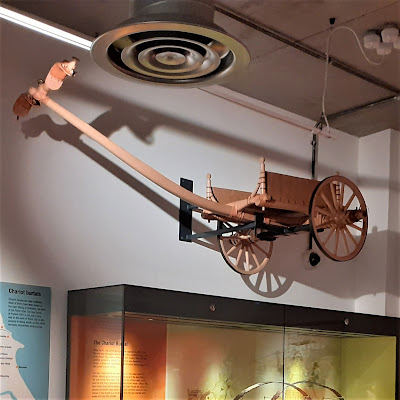 |
| A representation of what experts think the chariot would have looked like |
Studying the bones of the body in the chariot has revealed that they belonged to a 30 to 40-year-old man. He would have been about 1.70 metres or 5 feet 7 inches tall.
You can see the chariot burial in all its glory at Castleford Museum!
Roman Castleford - just under 2,000 years ago
The Ferrybridge Henge area stopped being as important when the Ancient Romans came to Yorkshire.In 71 AD the Romans built a fortress at York and a road linking it to another fortress at Lincoln. Around the same time, they built a fort at Castleford, where this road crossed the Aire.
The Roman army is known for marching great distances along the roads they built. This was possibly in part because of the hob-nailed sandals the soldiers wore. Examples of these sandals were found during excavations in Castleford.
 |
| The well-preserved remains of an Ancient Roman leather sandal found in Castleford |
The Roman way of life was adopted by many people in the areas they conquered. However, the Romans also keenly took on elements of those local cultures, particularly their gods and spirits.
One example is the altar to Brigantia, the goddess of the defeated tribe on display in Wakefield Museum.
Ready to carry on the adventure? Click here for Amazing Archaeology (Anglo-Saxons to English Civil Wars)
Click here to view the 100 Years of Collecting Online Exhibition

